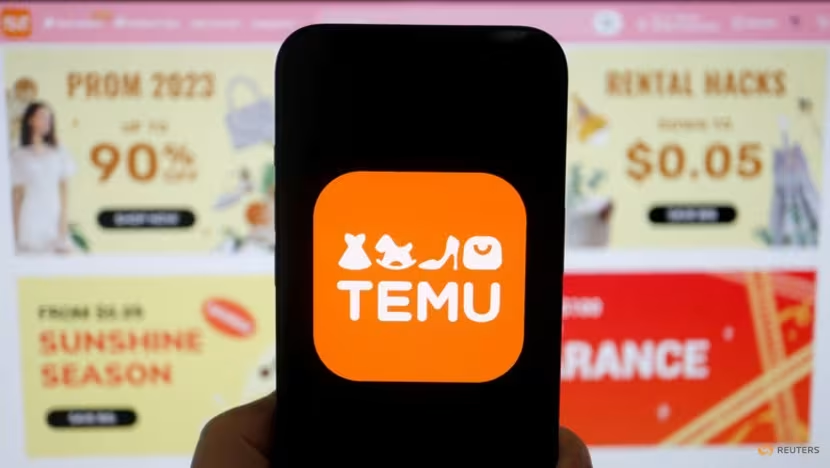It has been two weeks since iflix (the supposed Netflix of Asia) left us. Now its ashes seem to be sparking a fire that might light up the region’s content streaming scene.
According to a report done by Media Partners Asia (MPA – a research house), online video streaming weekly minutes on mobile saw a whopping 60% increase in Southeast Asia between January 20 – April 11, 2020.
Do note that early April was only the start of the lock down measures in many countries in the region – i.e. the numbers in the ensuing months could be even higher.
On that note, WeTV, a platform launched by Tencent in Thailand experienced a 209% growth of weekly viewing duration during the Covid-19 outbreak (1). This was most likely linked to the introduction of lockdowns and stay-at-home orders during that time.
Recent news shows Chinese players’ growing interest in the region with the purchase of the assets of Malaysian video streaming platform iflix by Tencent Video and the hiring of former Singaporean Netflix VP, Quek Yu-Chuang, by iQIYI to lead their international business.
Rumours in China say that Tencent is trying to buy iQIYI, which we believe the intention makes sense, but they probably have not started any serious talk yet. But Tencent has already started consolidating iflix into its portfolio.
In Indonesia, Netflix-deprived netizens glee for joy as Telkom finally announced that they would be officially lifting its Netflix block on July 7. The state-owned telco blocked Netflix when it first arrived on Indonesian shores back in 2016 on grounds of censorship regulations.
Telkomsel started considering the ban lift back in October 2019 due to the huge demand for Netflix as 4 million customers wanted access to the platform.
GoPlay, the country’s own video streaming service under Gojek announced a funding round and intends to use the capital to further strengthen its presence in Indonesia.
Viu, a familiar face in the region announced good results in their 2020 1st Quarter report done by AMPD research, a subsidiary of MPA. The report claims that Viu takes first place in the number of monthly active users in the region at 14 million, about two million more than second place Line TV and four million more than Netflix in third place.
Viu is a Hong Kong-based subscription video on demand (SVOD) platform that focuses on local Asian content. Its content is definitely much more localised (and way cheaper) compared to that of iflix.
We always take research house results with a pinch of salt – iflix claimed to have 25 million monthly active users, which one should you believe?
Oh, did anyone tell you that Disney is coming into the region big time with Disney+?
It’s not always rainbows and butterflies
While the industry has seen positive growth and entries in the recent months, some unfortunate players got the short end of the stick.
Back in April, Singapore’s Hooq Digital, a joint venture between Singtel (controlling stakeholder), Sony Pictures and Warner Bros Entertainment shut down their streaming service HOOQ after filing for liquidation.
Singtel said that it was unable to grow sufficiently to provide sustainable returns nor cover escalating content costs and the continuous operating costs when referring to the competitive landscape in the region. Maybe they should consider hiring some locals for their next venture.
Before the acquisition by Tencent, there were clear signs of iflix’s struggle to stay afloat from lay-off announcements in April, resignation of co-founders Patrick Grove and Luke Elliot from the board and poor financial figures showing accumulated losses of $379 million.
Distressed asset sale indeed, but at least they did not have to take care of the hugely painful liquidation process.
The future
As more content streaming platforms compete for market cap in the region, it is important for companies to strategically distinguish themselves while getting the basics right. We hope to see more of:
- Content localization
Especially from global players that will need to catch local audiences that only subscribe to content that feel close to home. Also, global blockbusters are expensive – unless you own them, of course.
2. Innovative user experience
While it is still a gray area between being gimmicky and downright revolutionary, there is space for platforms to explore a more immersive and interactive experience, such as what Netflix did with Bandersnatch. Again, iterate your product to local tastes here.
3. Data driven mechanics
There is no better feeling than when you enjoy a show (that you have never heard of) that was recommended to you by the platform (and say shit they know too much about me, it’s creepy!). Not only does it help companies push content but also greatly increases the viewer’s confidence (read: addiction) in the platform. A lot to be learnt from TikTok and Netflix in this regard – yes they (or in the case of Tik Tok, their users) produce a lot of useless content, but precisely through data and selection, good content (and good content producers) emerges very quickly, and gets prioritised.
The content streaming space is going to get way more competitive with the birth of local homegrown players as well as entries from big names like Disney+ (which would be even better off opening a theme park in the region, after covid).
In the meantime, grab some keropok or papadum, it’s about to get interesting.
Anyone still remember Quibi?
Sources:
—
Thanks for reading The Low Down (TLD), the blog by the team at Momentum Works. Got a different perspective or have a burning opinion to share? Let us know at [email protected].









![[Press Release] Southeast Asia’s food delivery spend reached US$17.1B with Vietnam achieving the highest growth](https://i0.wp.com/thelowdown.momentum.asia/wp-content/uploads/2024/01/Food-delivery-platforms-in-Southeast-Asia-2024-_MW_Jan-2024-2.jpg?resize=218%2C150&ssl=1)


![[New Report] Food delivery platforms in Southeast Asia (SEA) 4.0](https://i0.wp.com/thelowdown.momentum.asia/wp-content/uploads/2024/01/Food-delivery-platforms-in-Southeast-Asia-2024-_MW_Jan-2024-2.jpg?resize=100%2C70&ssl=1)
![[New report] Southeast Asia spends US$3.4 billion on modern coffee in 2023](https://i0.wp.com/thelowdown.momentum.asia/wp-content/uploads/2023/11/Coffee-in-Southeast-Asia_MW_Nov-2023-1.png?resize=100%2C70&ssl=1)
![[New report] Apples to Apples 3.0: Benchmarking major tech platforms – what’s next after achieving profitability?](https://i0.wp.com/thelowdown.momentum.asia/wp-content/uploads/2023/09/Apples-to-Apples-3.0_benchmarking-major-tech-platforms_whats-next-after-profitability_MW_Sept-2023-7.jpg?resize=100%2C70&ssl=1)






